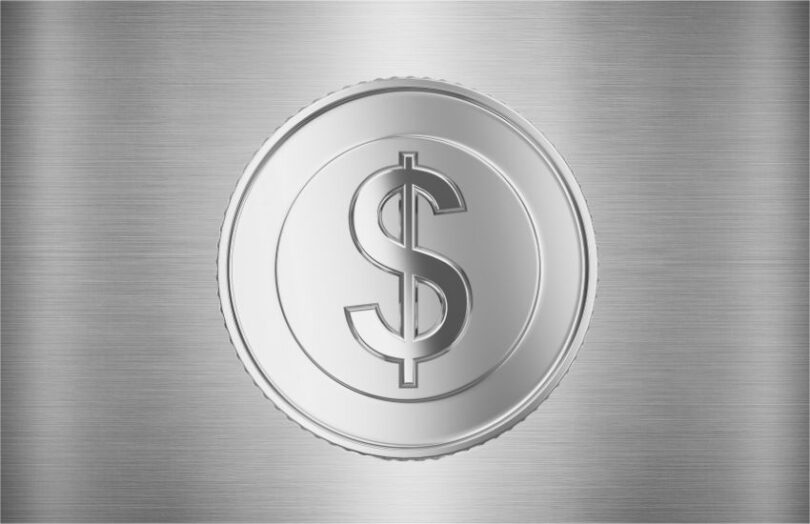A recent paper from the U.S. Federal Reserve explores wholesale central bank digital currency (wholesale CBDC). Specifically it looks at whether it could tokenize existing central bank reserves. Or if it’s necessary to have a ‘wholesale CBDC’ as a new form of money. It concludes a digital dollar as a new form of money is not necessary but might be desirable from a risk management perspective.
We also explore whether this Fed analysis relates to whether or not a wholesale CBDC requires Congressional approval.
In the traditional world, payment systems simply transmit messages. In a DLT world you have a payment network that moves money rather than messages.
Hence, the paper distinguishes between the DLT payment platform and the settlement asset. Is DLT simply a different transfer mechanism for the same type of money? In that case, the Fed would class that as tokenized reserves.
Or is there a new DLT payment platform using a new type of setlement asset? That makes a wholesale CBDC.
From an accounting point of view, having tokenized reserves treated the same as other reserves is not a problem.
The authors ask what is novel – the asset or the transfer system? They argue it’s mainly the transfer system, especially if the programmability is tightly tethered to the platform rather than the asset.
DLT introduces risks
From a risk perspective, any decentralization increases operational risk, making it harder to act quickly. Bringing programming logic onto the payment system increases risk for the central bank. If smart contracts are buggy they introduce payment system risks. There might also be additional credit and liquidity risks.
“For example, a widely used program meant to escrow funds for a particular use case could introduce liquidity risk into the system. New credit risk could arise from lending between institutions that would not have otherwise lent but for the programmability feature.”
The paper then explores how it could manage that risk. If the Federal Reserve operates the platform and doesn’t allow access to the technology stack, it can control the risk. In that case, it can tokenize reserves and there’s no need for a wholesale CBDC.
However, if the Fed allows institutions to build on top of the Fed’s DLT infrastructure, that creates more risk. It’s possible the liquidity and credit risks could splillover impacting existing plaforms. Hence, this scenario makes a wholesale CBDC more desirable.
Does a wholesale CBDC need Congressional approval?
Stepping back, one has to ask why does this matter?
Arguably, one sentence in the paper raises the topic of whether or not the Federal Reserve needs Congressional approval to issue a wholesale CBDC.
The paper states, “In order to be distinct from existing central bank money, a new central bank liability would need to have a different legal structure and be recorded on the central bank balance sheet separately from the DI (depository institution) balances held in master accounts.”
The Fed has acknowledged on several occasions that it needs approval for a retail CBDC. During a March Congressional hearing, Federal Reserve Chair Powell confirmed as much. But argued that wasn’t the case for a wholesale CBDC “that would look an awful lot like a bank reserve”.
The paper looks precisely at how much it looks like a bank reserve.
One perspective is that the Fed doesn’t believe it needs Congressional approval for a wholesale CBDC. Another view proposed to Ledger Insights recently is that the Fed has conceded it needs approval for retail, but has simply not yet conceded on wholesale. That sentence in the paper may or may not support that view.
Additionally, U.S. draft legislation has sometimes conflated retail and wholesale CBDC.
It’s also notable that during the March hearing, Mr. Powell argued that a wholesale CBDC would be just another kind of bank reserve. However, when commercial banks make the same argument to banking regulators about tokenized deposits, that same argument does not fly. That’s the case even when DLT is used purely for wholesale purposes on permissioned blockchains.
Instead, commercial banks have to get a no action letter from their regulator to participate in any DLT related projects. To our knowledge, the only recent no action letter was for JP Morgan to participate in the Partior DLT network for wholesale cross border payments.






